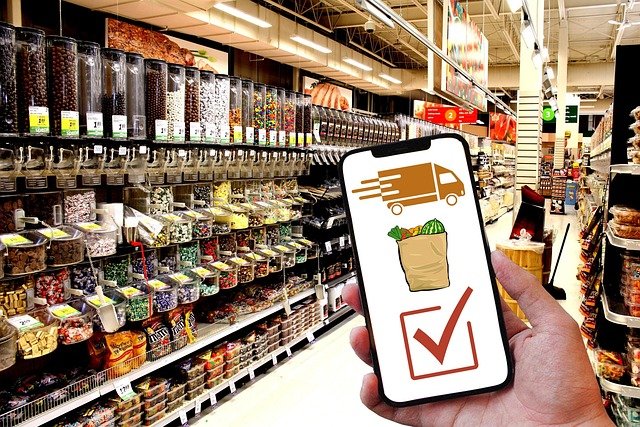Identifying Authentic Product Reviews and Ratings
Genuine product reviews and ratings are valuable tools when choosing what to buy online, but separating authentic feedback from manipulated or misleading content can be difficult. This article explains practical signals to look for, how platform design influences trust, and steps shoppers can take to verify reviews across ecommerce sites and mobile apps.

How do reviews signal trust?
Authentic reviews tend to include specific details about product use, clear descriptions of pros and cons, and contextual information like how long the reviewer used the product. Look for reviews that mention concrete scenarios — for example, battery life after weeks of use or fabric behavior after washing. Verified-buyer labels and order timestamps add credibility when platforms tie feedback to actual transactions. Consistency across reviews (similar issues noted by different people) can indicate real patterns rather than isolated opinions. Pay attention to reviewer profiles: long-term reviewers with diverse product histories are generally more reliable than brand-new accounts.
Are ratings subject to fraud or manipulation?
Yes. Ratings systems can be gamed through fake accounts, incentivized reviews, or coordinated campaigns. Common red flags include a sudden spike of five-star reviews, multiple short and generic comments posted in a short time window, or reviews that overuse promotional language like coupon codes. Some platforms combat this with fraud detection, machine-learning moderation, and manual audits, but no system is perfect. Cross-referencing reviews on multiple sites and checking for external mentions (forums, independent blogs) reduces the risk of relying on manipulated ratings.
What should you check about pricing, taxes, fees and returns?
Price-related context within reviews can reveal useful insights about value and seller performance. Reviewers who note hidden fees, unexpected taxes, or delivery-related charges reveal real checkout experiences. Pay attention to comments about return ease: a product may be acceptable but difficult to return if the seller charges restocking fees or requires complex return shipping. Also watch for notes about long-term costs such as replacement parts or subscriptions tied to the product. Keep an eye on seller responsiveness in reviews, since helpful customer service often matters when resolving pricing or returns issues.
How do checkout, cart, payments and delivery relate to reviews?
User reviews often discuss the entire purchase flow, not just the product. Mentions of a smooth checkout, secure payment processing, clear cart totals, and accurate delivery tracking are positive signs for a seller’s operational reliability. Conversely, repeated notes about delayed delivery, incorrect tracking updates, or payment disputes point to systemic issues. For mobile purchases, look for comments about app stability, notification behavior, and whether coupons or loyalty points applied correctly. Reviews that repeatedly highlight specific stages of the buyer journey can guide expectations beyond product specs.
How to use comparison, coupons, loyalty, security, and sustainability info?
Reviews can help with product comparison and highlight practical trade-offs between features, price, and sustainability. Search reviews for side-by-side mentions of alternatives to get real-world comparisons. Coupon and loyalty experiences are often reported in reviews when discounts worked (or didn’t), which helps set realistic expectations about cart-level savings. Security and privacy concerns may surface in feedback about payment handling or account breaches; recurring concerns warrant caution. For sustainability, reviewers may report on packaging, materials, and longevity, offering practical evidence beyond marketing claims.
| Product/Service | Provider | Cost Estimation |
|---|---|---|
| Marketplace selling fees | Amazon Marketplace | Referral fees typically vary by category (commonly 6–45%); Professional seller subscription estimated around $39/month; per-item fees possible |
| Ecommerce platform subscription | Shopify (example) | Plans commonly range from about $29–$299/month depending on features; transaction fees may apply if not using integrated payments |
| Review management service | Trustpilot / Similar platforms | Free basic tools exist; paid business plans often range from roughly $100–$500+/month depending on volume and features |
Prices, rates, or cost estimates mentioned in this article are based on the latest available information but may change over time. Independent research is advised before making financial decisions.
Conclusion
Identifying authentic product reviews and ratings requires attention to detail across reviewer behavior, platform signals, and purchase-journey commentary. Look for verified purchases, substantial and specific feedback, consistent patterns across multiple sources, and notes about checkout, delivery, fees, or returns. Use comparison information and caution when reviews include promotional or overly generic language. Combining these checks will improve your ability to rely on online feedback when making informed ecommerce decisions.





